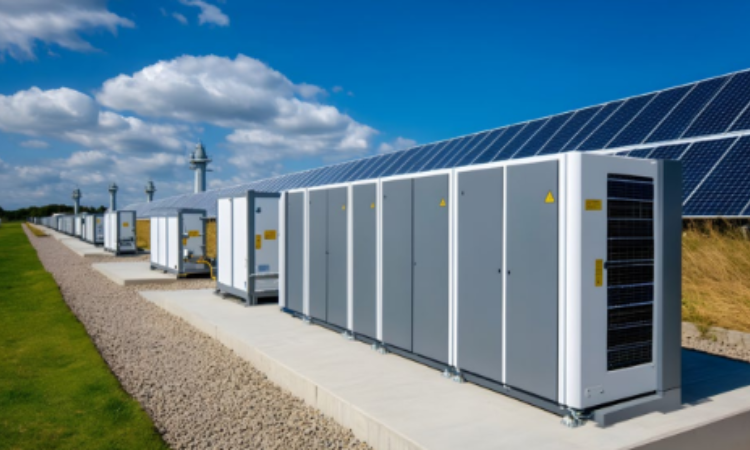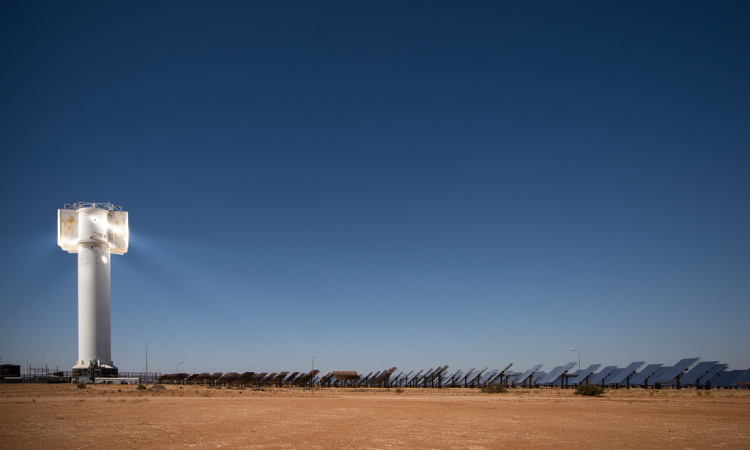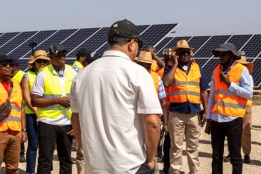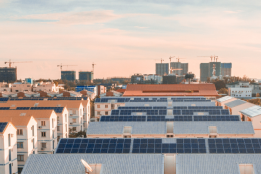Emerging markets are rich in renewable energy potential, and they are ready to lead global energy transformations. A study by BloombergNEF delivers a clear message: solar, wind, and battery storage are no longer novel technologies. With the right investment strategies and tailored financial tools, they can rapidly scale, integrate, and power inclusive growth.
The opportunity is undeniable. Africa alone holds 7,900 GW of solar potential, yet just 10.4 GW has been installed. Wind shows a similar disparity, with only 6.5 GW deployed out of 461 GW in potential. What’s holding progress back isn’t the technology, it’s the market conditions and financing tools to support deployment at speed.

Battery storage is emerging as the bridge between potential and improving clean power performance. Without it, clean power remains intermittent. With it, electricity can become reliable, round-the-clock energy, ready to replace high-cost fuels and expand energy access.
Although wind and solar photovoltaic (PV) technologies are becoming more cost-competitive in numerous markets, at-scale deployment of renewable energy remains predominantly focused in developed countries.
As the study finds:
“Accelerating the deployment in emerging markets of both established renewables, such as solar (PV) and onshore wind, and newer renewable energy technologies, such as batteries and offshore wind, is a critical next step in decarbonizing the global power system.”
Concessional finance that powers clean energy
And this is where smart finance comes in. BloombergNEF’s analysis shows that reducing the cost of equity by 10 percent can lower the levelized cost of electricity (LCOE) - a financial metric used to compare the cost of different electricity generation technologies. A 10 percent reduction could see lower costs for utility-scale battery storage by up to 6.2 percent.
Extending loan tenors, lowering interest rates, and subsidizing upfront capital expenditures each drive meaningful cost reductions. Integrated financial solutions, such as combining concessional debt and equity, equity guarantees, and capex support, can help bring all three technologies to scale.

CIF-supported markets are already showing what’s possible. In India, blended finance is accelerating solar-plus-storage adoption. In South Africa, flexible renewables are helping modernize the grid. In Brazil, competitive energy auctions are rapidly expanding solar access.
The study outlines that in more mature markets, the role of concessional finance should shift from direct capital injection to providing technical assistance that strengthens policy frameworks, grid integration, and auction design. In less mature markets, concessional capital remains catalytic, lowering risk, and demonstrating the viability of renewable energy technologies that paves the way for scaled private investment.
The way forward is to scale what’s ready, seed what’s next, and let tailored, concessional finance unlock long-term opportunity in emerging markets. The key lies in harnessing strategic financial interventions that support overcoming existing market-specific barriers and accelerate the deployment of clean power technologies.




